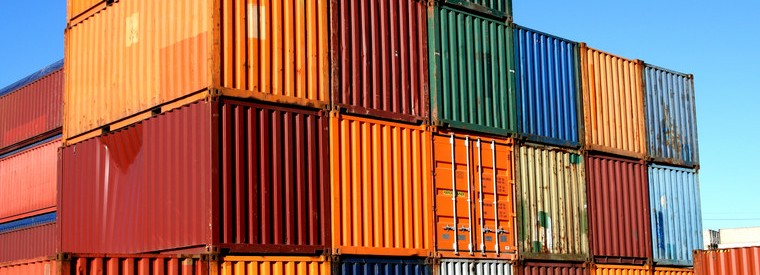Can the World Trade Organization create growth and jobs? Or are WTO talks just a process that leads to more process? We will know soon.
This summer, the WTO was within easy reach of a landmark agreement to simplify cross-border trade. Negotiators called it a win-win for developed and developing nations alike. The idea was to unite the 159 WTO countries behind a deal with a payoff for everybody while shelving divisive issues involving trade in agriculture and manufactured goods. The result would have been the first global trade accord in nearly two decades.
India blocked the deal to gain leverage in an unrelated fight over WTO limits on subsidized food. Indian officials insist they remain committed to trade reform, but they have been sending mixed signals since the talks failed.
WTO chief Roberto Azevedo is trying to get parties back to the negotiating table. There is no time to waste. The WTO recently slashed its 2014 and 2015 forecast for global trade growth, citing geopolitical tensions and other factors. The time is now for countries to agree to a deal.
The proposed WTO agreement gets deep in the weeds of day-to-day border transactions, but it would deliver a much-needed jolt to a world economy that has yet to escape the effects of the 2008 recession, the worst global downturn in 80 years.
The exponential growth in global trade since 1990 obscures a central fact: trade is inefficient. The World Economic Forum (WEF) estimates that only about 40% of available loading capacity at ports, loading terminals and airports is effectively used today. The movement of goods takes too long and costs too much. There are staggering disparities between countries in the amount of documentation, waiting times, inspection routines and charges required to move a container of goods across the border. The most trade-friendly countries – a tiny handful — require three documents to move a shipment in or out. Elsewhere that number balloons to 40 documents involving different government, quasi-government and commercial parties and requiring the rekeying of data on the forms.
The World Bank has highlighted enormous gaps in shipping costs. In countries with cumbersome procedures, it costs more than $6,000 to export a standard 20-foot container of dry cargo by sea. In trade-friendly countries, the tab is well below $1,000 per container, the bank says. In Brazil, import clearance is a huge headache and infrastructure is overwhelmed, so while customers with nimble logistics providers can get goods cleared within a day of arrival at port, the average Less than Container Load (LCL) takes 15 days to unpack and clear.
There’s nothing radical in the WTO package. It involves basic steps: simplification and reduction of paperwork; acceleration of automation and use of electronic “single windows” to turn in documents and pay fees; risk-based inspections, along with fast-track service for low-risk transactions and compliant businesses.
The correlation between living standards and smooth, transparent border administration is undeniable. Singapore, Finland, Sweden, the Netherlands, Japan and New Zealand score at the top of the WEF’s Border Administration rankings. At the bottom: Zambia, Malawi, Angola, Mali, Venezuela, Zimbabwe, Burkina Faso, Burundi, Mongolia and Chad. (India is No. 74 of 138 total.)
The cost of inefficiency in trade falls disproportionately on the small and the weak, whether you’re talking about states or businesses. Revenue losses caused by tangled border bureaucracy top 5% of annual GDP in some African countries, the World Bank estimates.
Multi-national companies and regional giants have the scale, expertise and patience to deal with the complexity they face at the border. They are confident that they will get more efficient over time and reduce the amount of capital tied up in extra inventory. Small local companies lack the size, know-how and working capital to navigate the same challenges. Time is not on their side. They face two choices: pay more or confine themselves to their home markets.
By some estimates, the WTO reforms would cut the cost of trade up to 15%, add $1 trillion to the global economy and create 21 million new jobs. Skeptics question those numbers, but the reality is that no other aspect of trade liberalization can deliver such immediate, positive impact to the global economy because the chief obstacles to trade are no longer tariffs. The real barriers are the costs of bureaucracy, access to high-quality, competitively priced transportation and logistics services, and the capacity of ports, airports, rail hubs and warehouses.
WTO countries generate 96% of world trade and are home to 90% of the global population. One in three goods now crosses international borders. Trade, which has grown at twice the rate of overall economic expansion for nearly two decades, now accounts for nearly 40% of the global economy.
Imagine if we really got things moving at the border.
Tarek Sultan is CEO of Agility, a global logistics company headquartered in Kuwait that publishes the annual Agility Emerging Markets Logistics Index.
